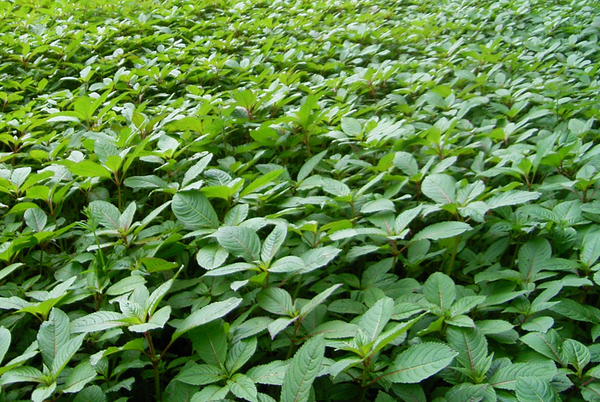Protected areas defend wildlife from invasive species
Nature reserves, national parks and marine protected areas have been proven to effectively shield native wildlife from the impacts of invasive species, in a new study published this week in the journal Global Change Biology.
Removal of invasive shrub could be an easy way to help reduce malaria transmission
Removing the flowers of an invasive shrub from mosquito-prone areas might be a simple way to help reduce malaria transmission, according to a new study published in the open access Malaria Journal. Removing the flowers from villages in Mali decreased the local mosquito vector population by nearly 60%.
CABI scientists shed light on factors affecting the use of biological control
By Julien Dougoud. Reblogged from the Plantwise blog Human health issues arising from the use of synthetic pesticides and concerns about their environmental toxicity are making lower-risk alternatives increasingly attractive. Biological control agents are living organisms which reduce harmful pest populations. Many people know of the common ladybird, whose larvae feed on aphids, but a wide…
Invasive plants to devastate annual wildebeest migration
According to new research, scientists found that a number of invasive alien plant species initially introduced as ornamental plants at tourism facilities are now spreading rapidly throughout the Serengeti-Mara ecosystem, posing a major threat to wildlife, including the annual wildebeest and zebra migration as well as a range of other plant and animal species.
Kenya gets new production facility to control crop pest
By Sam Otieno. Reblogged from SciDevNet A facility has been launched in Kenya to aid commercial production of a protein bait to control fruit flies in Sub-Saharan Africa. The US$250,000 facility, which resulted from public-private partnership involving the International Centre of Insect Physiology and Ecology (icipe) and Kenya Biologics Ltd, will enable smallholders control fruit flies that devastate their fruits…
Controlling the European earwig on the Falklands
Contributed by Norbert Maczey, CABI The European Earwig, Forficula auricularia (order Dermaptera) was recently introduced to the Falkland Islands and has since become locally common in Port Stanley and a number of settlements in both East and West Falkland. Since its introduction this invasive species has caused considerable problems ranging from yield losses in horticulture…
Five invasive pests cost African smallholders $1 billion every year
New research by CABI reveals that just five invasive alien species are causing US$0.9 – 1.1 billion in economic losses to smallholder farmers across six eastern African countries each year, equating to 1.8% – 2.2% of total agricultural GDP for the region. These losses are expected to grow to $1.0 – 1.2 billion per year…
Highlighting forests’ vulnerability to invasive species
After habitat destruction, invasive alien species are the second biggest threat to biodiversity worldwide. It has a significant impact on livelihoods and the economy, incurring losses of USD$1.4 trillion a year. Prior to 2012 many South-East Asian countries lacked the policies and information on the presence, distribution and impact of invasive species to properly manage this…
The locust invasions devastating Niger
It is the end of December 2016, with clear skies over Niger. But as 2017 draws near prospects are grim for some 500 residents in Bani Kosseye, a village 80km from the capital Niamey. Agricultural production has been poor here, and families’ meagre stocks are expected to run out within a few weeks. People already fear…

